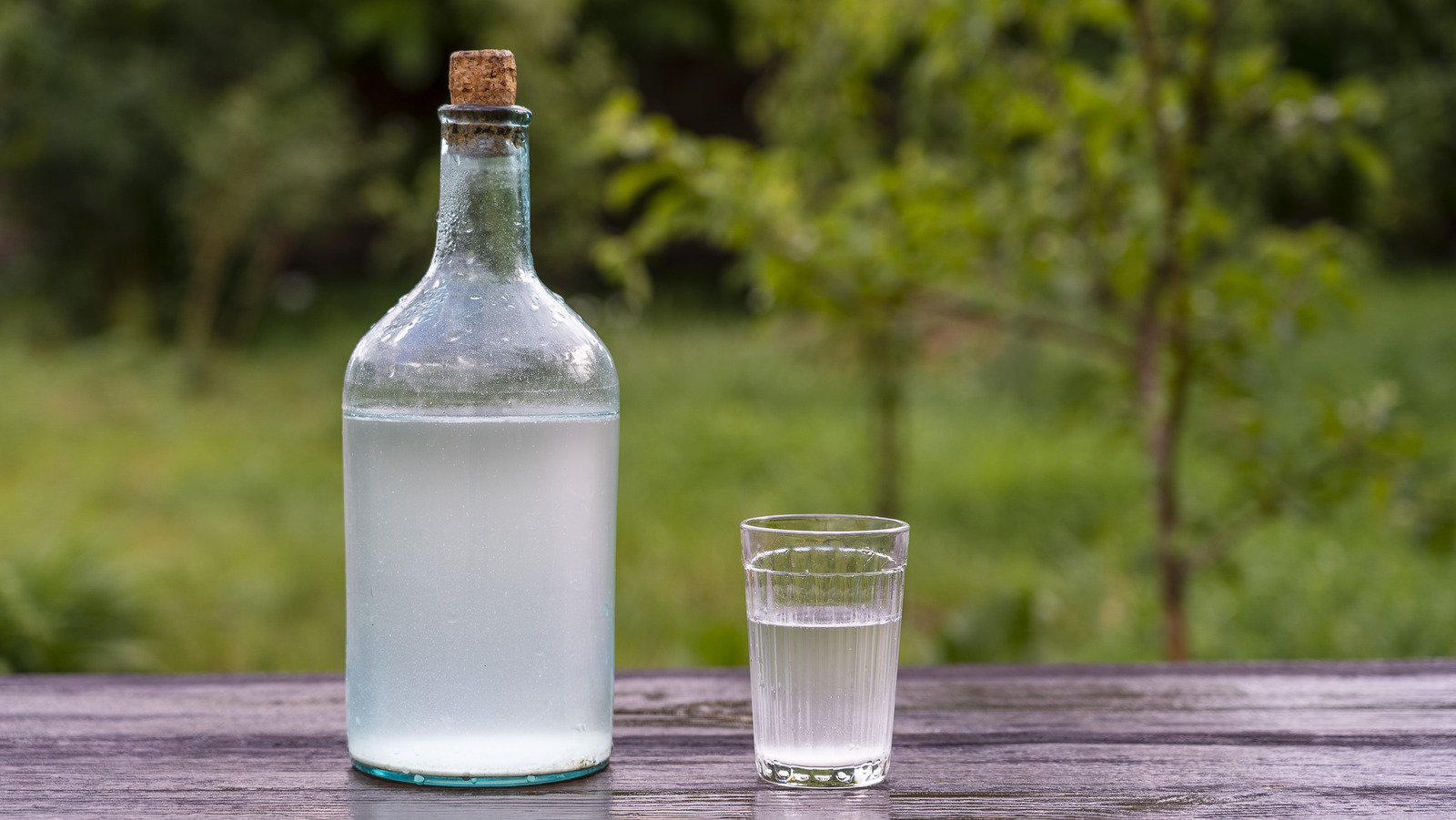

Articles
How To Store Moonshine
Modified: December 7, 2023
Learn the best techniques for storing moonshine with our collection of informative articles. Discover the proper methods to preserve and maintain your homemade spirits.
(Many of the links in this article redirect to a specific reviewed product. Your purchase of these products through affiliate links helps to generate commission for Storables.com, at no extra cost. Learn more)
Introduction
Moonshine, also known as homemade spirits, has a long and storied history. Whether you’ve brewed your own moonshine or received a batch from a friend, you’ll want to ensure its quality and longevity by storing it properly. Storing moonshine requires careful consideration of container choice, temperature and storage location, protection from sunlight exposure, managing air exposure, as well as proper labeling and identification. In this article, we will explore these key factors and provide you with tips and guidelines on how to store moonshine effectively.
Choosing the right container is crucial when it comes to storing moonshine. Glass containers are often the preferred choice due to their impermeability and ability to preserve the taste and quality of the spirit. Mason jars or bottles with airtight seals work well, as they help keep the moonshine from evaporating and minimize exposure to oxygen.
Temperature and storage location play a significant role in maintaining the integrity of moonshine. Ideally, the storage area should be cool and dark, with a consistent temperature between 55°F and 65°F (13°C and 18°C). Avoid storing moonshine in areas that experience extreme temperature fluctuations, such as near ovens or radiators, as this can impact its flavor and compromise its quality.
Sunlight exposure can be detrimental to moonshine. UV rays can degrade the flavor and color of the spirit, as well as affect its overall quality. It is crucial to keep the containers in a dark and shaded area, away from direct sunlight. Consider using opaque containers or storing them in a cool, dark cupboard or cellar to protect the moonshine from light damage.
Key Takeaways:
- Properly storing moonshine is essential for maintaining its quality and flavor. Choose glass containers, store in a cool, dark place, and avoid sunlight exposure to preserve the integrity of your homemade spirits.
- Prioritize safety when handling and storing moonshine. Ensure proper ventilation, fire safety, secure storage, and handling with care to prevent accidents and ensure responsible enjoyment of your high-proof spirits.
Read more: How To Store Moonshine After Opening
Choosing the Right Container
When it comes to storing moonshine, selecting the right container is vital to preserving its taste and quality. Glass containers are often the preferred choice due to their impermeability and ability to prevent any interaction between the moonshine and the container itself.
Mason jars are commonly used for storing moonshine. They come in various sizes and have airtight seals that help prevent any air or contaminants from entering the container and causing spoilage. The wide mouths of mason jars also make it easier to pour and retrieve the moonshine without spillage or accidents.
If using bottles, look for ones with airtight seals, such as those with screw caps or cork stoppers. These seals prevent air from getting in, maintaining the freshness and quality of the moonshine. Additionally, consider using dark glass bottles to protect the contents from sunlight exposure.
It’s important to ensure that the container you choose is clean and in good condition. Any residue or contaminants left in the container can affect the flavor and quality of the moonshine. Clean the container thoroughly with warm water and mild soap, or use a sanitizing solution specifically designed for brewing and distilling purposes.
When storing moonshine, it’s advisable to avoid using plastic containers, as they can interact with the alcohol over time and potentially contaminate the moonshine. Plastic containers also have a higher risk of leaking, which can lead to a loss of the precious liquid.
Remember to choose a container that suits the quantity of moonshine you have. You don’t want excessive headspace in the container, as oxygen can cause oxidation and affect the flavor of the moonshine. On the other hand, having too little space can create pressure and potentially lead to leaks or bursts.
Once you’ve chosen the perfect container, make sure to seal it tightly to prevent any air from getting in. Store the container in a cool, dark place with a consistent temperature to maintain the quality of the moonshine.
By selecting the right container for storing your moonshine, you can ensure that it remains fresh, delicious, and ready to be enjoyed whenever you desire.
Temperature and Storage Location
When it comes to storing moonshine, temperature and storage location are critical factors that can greatly affect its quality and flavor. Proper temperature and the right storage environment are essential for preserving the integrity of the spirit.
The ideal temperature for storing moonshine is between 55°F and 65°F (13°C and 18°C). It’s important to maintain a consistent temperature within this range to prevent fluctuations that can impact the taste and overall quality of the moonshine. Extreme temperatures, such as those found near ovens, radiators, or in direct sunlight, should be avoided as they can cause the moonshine to age prematurely or spoil.
Choose a storage location that is cool, dark, and well-ventilated. Keeping the moonshine away from direct sunlight is crucial, as UV rays can penetrate the glass and affect the flavor and color of the spirit. Exposure to sunlight for prolonged periods can lead to degradation and spoilage, so it’s best to store your moonshine in a shaded area or in a cupboard.
Avoid storing moonshine in areas with high humidity. Moisture can seep into the container and dilute the alcohol content, reducing the potency of the moonshine. Excess humidity can also lead to mold growth, ruining the flavor and making the moonshine unsafe to consume.
If possible, consider storing your moonshine in a cellar or a dedicated liquor cabinet. These spaces often provide ideal conditions for long-term storage, with controlled temperatures and protection from UV rays. The consistent temperature and darkness of such areas help preserve the flavor, aroma, and smoothness of the moonshine.
It’s worth noting that temperature and storage location can vary depending on the type of moonshine and personal preference. Different flavors and aromas may develop with age, so experimentation can be part of the fun. However, it’s crucial to ensure that the storage area remains stable and not subject to extreme temperature changes.
Remember to monitor the storage location regularly to ensure that the temperature remains within the recommended range. Investing in a thermometer can help you accurately gauge the temperature and make necessary adjustments if needed.
By storing your moonshine at the proper temperature and in the right storage location, you can enjoy a well-preserved spirit that retains its full flavor and quality, ensuring a delightful experience with every sip.
Avoiding Sunlight Exposure
One of the key factors in proper moonshine storage is protecting it from sunlight exposure. Sunlight contains UV rays that can have a detrimental effect on the quality of moonshine, leading to flavor degradation and color changes. To ensure the longevity and taste of your moonshine, it’s crucial to take measures to avoid sunlight exposure.
First and foremost, store your moonshine in a dark area. Sunlight can quickly penetrate glass containers and start the process of light-induced degradation. To prevent this, place your moonshine in a cool, dark location that is shielded from direct sunlight. Consider storing it in a cupboard, pantry, or cellar, ensuring there are no windows or sources of natural light nearby.
When selecting the containers for storing your moonshine, opt for opaque or tinted glass bottles. These containers offer an extra layer of protection by reducing the amount of light that can enter. This helps to minimize the interaction between UV rays and the moonshine, ultimately preserving its flavor and color for a longer period.
If you don’t have access to dark glass bottles, consider wrapping your containers in a light-blocking material, such as aluminum foil or brown paper. This will create an additional barrier against sunlight and help prevent any potential damage to the moonshine.
It’s also important to be mindful of the time moonshine spends outside of its storage location. During parties, gatherings, or other occasions where the moonshine is being served, make sure to keep it out of direct sunlight. Place the bottles in shady areas or use protective coverings, like tablecloths or beverage coolers, to shield them from sunlight exposure.
In addition to preserving the flavor and quality of your moonshine, avoiding sunlight exposure can also contribute to its overall safety. Extended exposure to sunlight can create heat within the containers, potentially causing pressure build-up and increasing the risk of leakage or even explosion.
Lastly, if you find that your moonshine has been exposed to sunlight unintentionally, it’s best to consume it as soon as possible to minimize any potential negative effects. While it may still be drinkable, the flavor may have been affected, requiring you to adjust your expectations.
By taking the necessary precautions and avoiding sunlight exposure, you can ensure that your moonshine remains intact, with its flavor and color preserved, making every sip a delightful experience.
Store moonshine in a cool, dark place, away from direct sunlight and heat sources. Use airtight glass containers to prevent evaporation and maintain the flavor. Check the seals regularly to ensure the containers are properly closed.
Managing Air Exposure
When it comes to storing moonshine, managing air exposure is essential for maintaining its quality and taste. Oxygen can interact with the alcohol, leading to oxidation and potential changes in flavor and aroma. To prevent these undesirable effects, it’s important to take measures to minimize air exposure during storage.
One of the first steps in managing air exposure is choosing the right container. Opt for containers with airtight seals, such as mason jars or bottles with screw caps. These seals create a barrier between the moonshine and the surrounding air, reducing the amount of oxygen entering the container. Ensure that the lid or cap is tightly closed to maintain a proper seal.
When storing moonshine, it’s important to avoid excessive headspace within the container. Leaving too much empty space allows more air to come into contact with the liquid, accelerating the process of oxidation. As a general rule of thumb, try to fill the container as close to the top as possible without risking leakage.
If you find yourself with a large container and small quantity of moonshine, consider using smaller glass bottles to transfer the liquid. This will help minimize the headspace and reduce the amount of air present in each individual bottle.
Another effective technique for managing air exposure is to use inert gas displacement. This involves removing the oxygen from the container and replacing it with an inert gas, such as nitrogen or carbon dioxide. By doing so, you create a protective atmosphere within the container, reducing the likelihood of oxidation. There are specialized systems available for inert gas displacement, but it can also be done manually by adding a layer of the chosen gas on top of the moonshine before sealing the container.
Additionally, avoid unnecessary opening of the container. Every time you open the container, air enters and comes into contact with the moonshine. Aim to open the container only when necessary and ensure a quick resealing to minimize the duration of air exposure.
Lastly, it’s important to note that moonshine, like many other spirits, can change and improve with age due to interaction with small amounts of oxygen. This is commonly referred to as “breathing.” Some enthusiasts intentionally allow a controlled amount of air exposure to enhance the flavors over time. However, this is a delicate balance and should be done under careful supervision.
By managing air exposure through proper container selection, minimizing headspace, and implementing techniques like inert gas displacement, you can extend the shelf life of your moonshine and preserve its original taste, ensuring a delightful and consistent drinking experience.
Read more: How To Store Moonshine In Mason Jars
Proper Labeling and Identification
When it comes to storing moonshine, proper labeling and identification are essential for several reasons. Clear and accurate labeling not only helps you keep track of the contents, but it also ensures safety, allows for aging, and adds a touch of professionalism. Here are some guidelines for proper labeling and identification of your moonshine.
First and foremost, every container of moonshine should be labeled with its contents. This is crucial for easily identifying different types of moonshine, especially if you have multiple batches or flavors stored. Clearly indicate the type of moonshine, such as “Apple Pie Moonshine” or “Corn Mash Whiskey,” on the label.
In addition to the type of moonshine, it’s important to include the date of distillation or bottling. This allows you to keep track of how long the moonshine has been stored and enables you to age it properly, if desired. Aging can enhance the flavors and smoothness over time, so noting the date provides valuable information.
Consider including the alcohol content or proof on the label as well. This helps in monitoring the potency of the moonshine and allows you to adjust your consumption accordingly. Having accurate alcohol content information is not only informative but also serves as a safety precaution.
Include your name or a unique identifier on the label. This is particularly important if you are sharing or gifting your moonshine, as it helps establish ownership and prevents any confusion. It also adds a personal touch to the labeling, making it feel more customized and special.
If you have any special instructions or notes about the moonshine, such as serving suggestions or specific aging recommendations, it’s a good idea to include them on the label. This can provide useful information for yourself or others who may enjoy your moonshine in the future.
Invest in quality labels and markers that are resistant to moisture and smudging. This ensures the information remains clear and legible during storage. You can find adhesive labels specifically designed for bottle labeling, or use waterproof markers to write directly on the container itself.
Lastly, give your moonshine bottles a professional touch by adding decorative labels or personalized designs. This not only makes the bottles visually appealing but also adds a sense of pride and craftsmanship to your homemade spirits.
By following these guidelines for proper labeling and identification, you can easily organize and identify your moonshine, maintain accurate records, and present your homemade spirits in a polished and professional manner.
Safety Precautions
When storing moonshine, it’s important to prioritize safety to prevent accidents and ensure the well-being of yourself and others. Moonshine is a high-proof spirit and improper handling or storage can lead to hazardous situations. Here are some safety precautions to keep in mind:
1. Proper Ventilation: Ensure that the storage area has proper ventilation to prevent the accumulation of fumes. Moonshine contains alcohol vapor, which is highly flammable. Proper airflow reduces the risk of fumes reaching ignition sources and decreases the potential for fires or explosions.
2. Fire Safety: Keep flammable materials, such as paper or cloth, away from the storage area. Do not smoke near the moonshine or store it near open flames, heaters, or any other potential sources of ignition. Taking these precautions helps prevent fires and reduces the risk of accidents.
3. Secure Storage: Store your moonshine containers securely to prevent access by children, pets, or unauthorized individuals. Moonshine is potent and can be harmful if consumed by individuals who are not aware of its strength. Keep the containers out of reach and preferably locked away to avoid any accidental consumption.
4. Handling with Care: When moving or transferring moonshine containers, handle them with caution. High-proof spirits can be volatile, and any spills can result in slippery surfaces, which could lead to falls or injuries. Use firm grips and take care not to drop or mishandle the containers.
5. Eye and Skin Protection: If you are working with large quantities of moonshine or handling it in a concentrated form, use appropriate protective gear such as safety goggles and gloves. This prevents accidental splashes or spills from coming into contact with your eyes or skin, reducing the risk of irritation or injury.
6. Monitoring for Leaks: Regularly inspect the containers for signs of leakage or damage. If you notice any cracks, breaks, or leaks, transfer the moonshine to a new container immediately. It’s important to prevent the loss of the liquid and to maintain a safe storage environment.
7. Educate Yourself: Familiarize yourself with local laws and regulations regarding homemade spirits, as well as any specific safety guidelines provided by relevant authorities. Understanding the legal and safety requirements helps ensure compliance and a responsible approach to storing and consuming moonshine.
Remember, safety should always be the top priority when it comes to handling and storing moonshine. By following these precautions and being aware of potential risks, you can enjoy your homemade spirits responsibly and minimize the chances of accidents or harm.
Conclusion
Properly storing moonshine is crucial for maintaining its quality, flavor, and safety. By considering key factors such as container choice, temperature and storage location, avoiding sunlight exposure, managing air exposure, and implementing proper labeling and identification, you can ensure the longevity and enjoyment of your homemade spirits.
Choosing the right container, such as glass jars or bottles with airtight seals, helps prevent air and contaminants from compromising the moonshine’s integrity. Additionally, storing moonshine in a cool, dark location with a consistent temperature between 55°F and 65°F (13°C and 18°C) protects it from fluctuating conditions.
Avoiding sunlight exposure is essential to prevent UV rays from degrading the flavor, color, and overall quality of the moonshine. Dark glass bottles or storing containers in shaded areas can help shield the spirit from light damage.
Managing air exposure by using airtight seals, minimizing headspace, and potentially implementing inert gas displacement techniques reduces the chances of oxidation and preserves the moonshine’s freshness and taste.
Proper labeling and identification help you keep track of different batches, aging periods, and alcohol content. It also adds a professional touch and facilitates safe consumption by ensuring everyone is aware of the contents and potential risks associated with high-proof spirits.
Lastly, remember to prioritize safety by maintaining proper ventilation, following fire safety precautions, securely storing the moonshine, handling containers with care, using protective gear when necessary, monitoring for leaks, and being informed about local laws and regulations.
By implementing these guidelines and taking the necessary precautions, you can store your moonshine safely and enjoy it at its best. Whether you’re a passionate home distiller or someone who has received a batch as a gift, proper storage ensures the quality and longevity of this beloved homemade spirit. So, raise a glass and savor the flavors of your well-preserved moonshine!
Frequently Asked Questions about How To Store Moonshine
Was this page helpful?
At Storables.com, we guarantee accurate and reliable information. Our content, validated by Expert Board Contributors, is crafted following stringent Editorial Policies. We're committed to providing you with well-researched, expert-backed insights for all your informational needs.
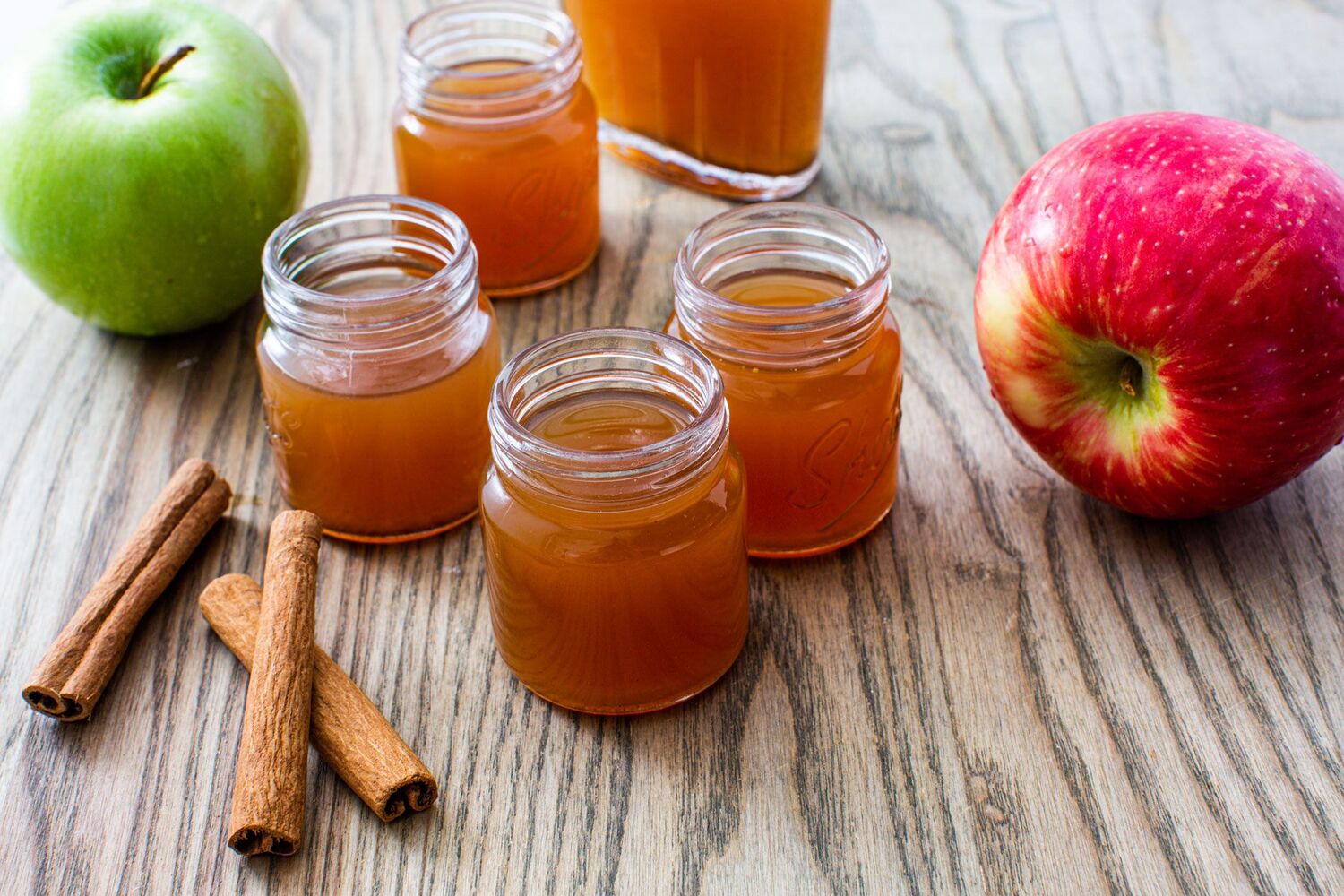
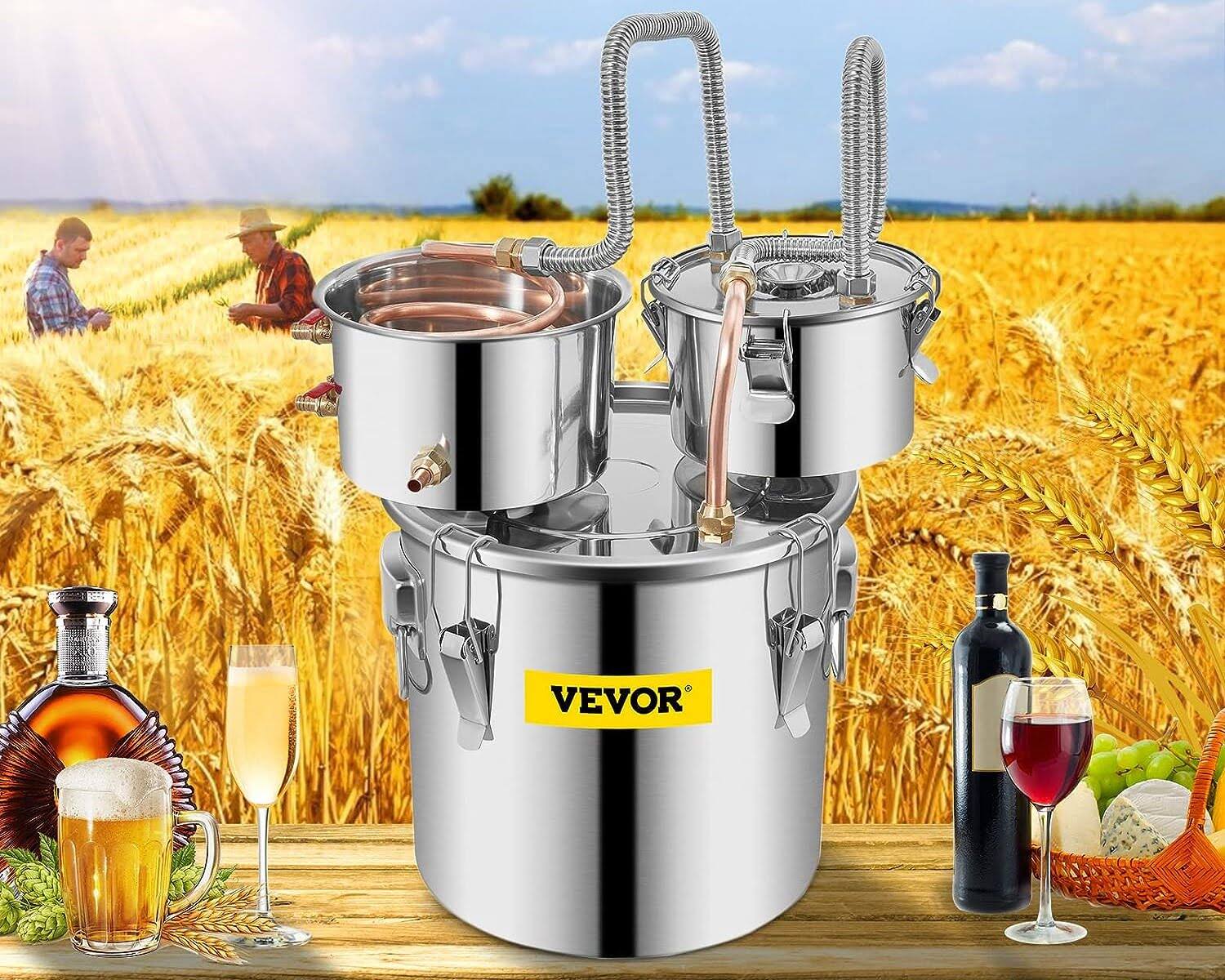



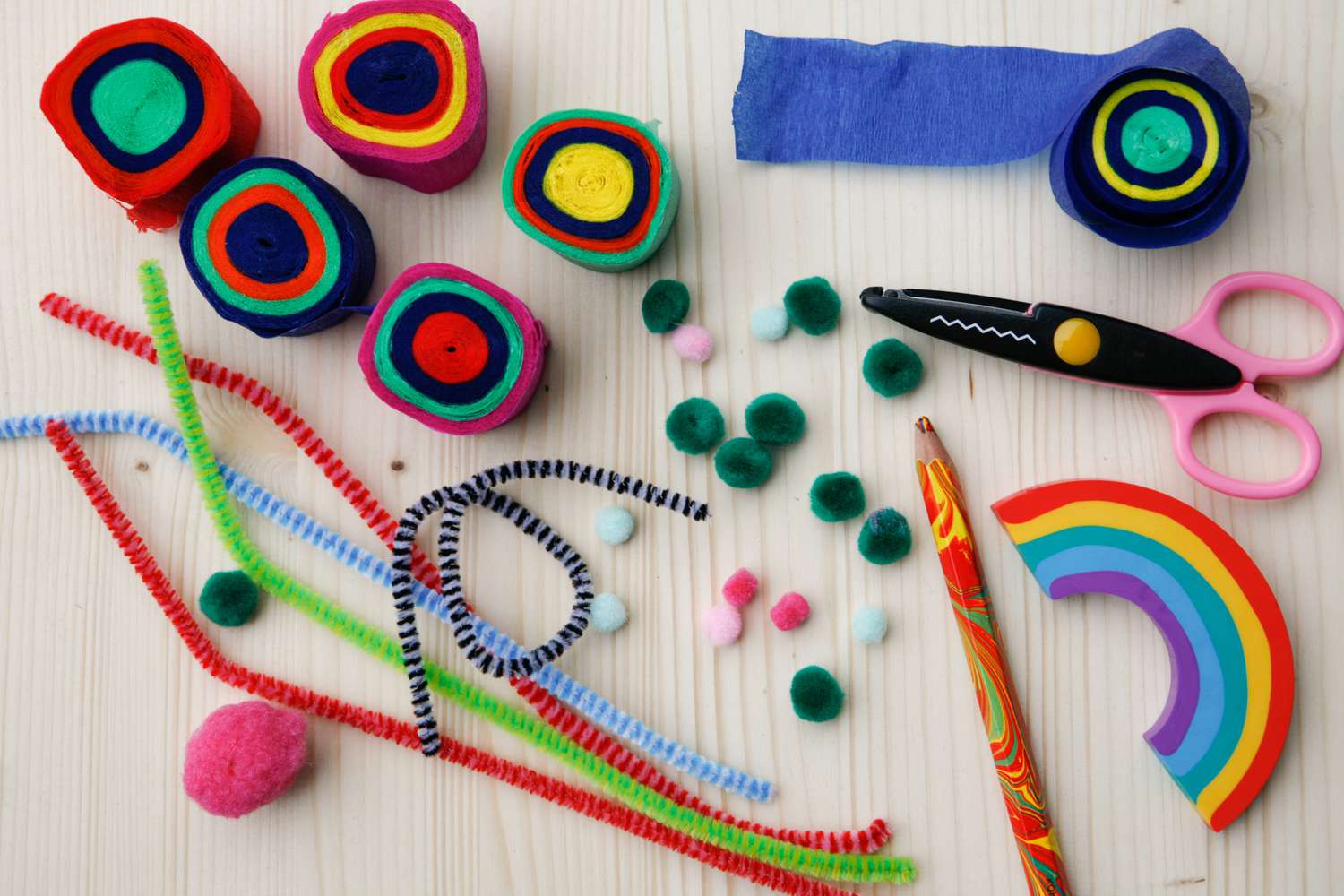
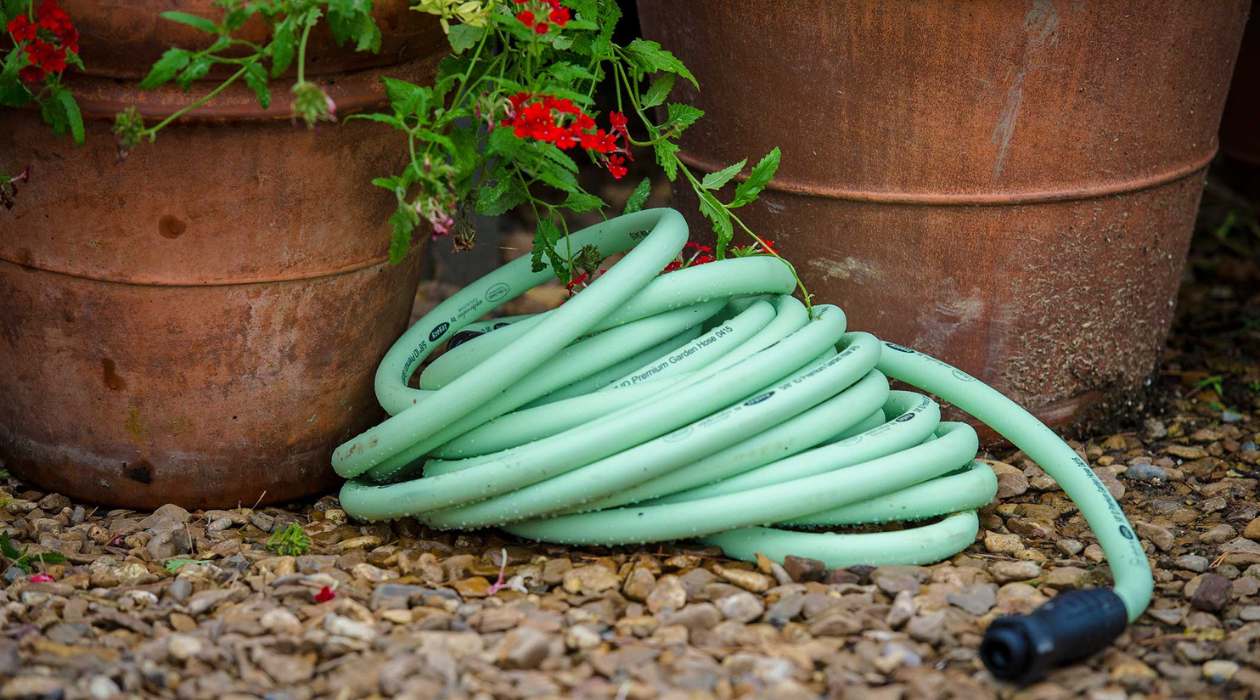

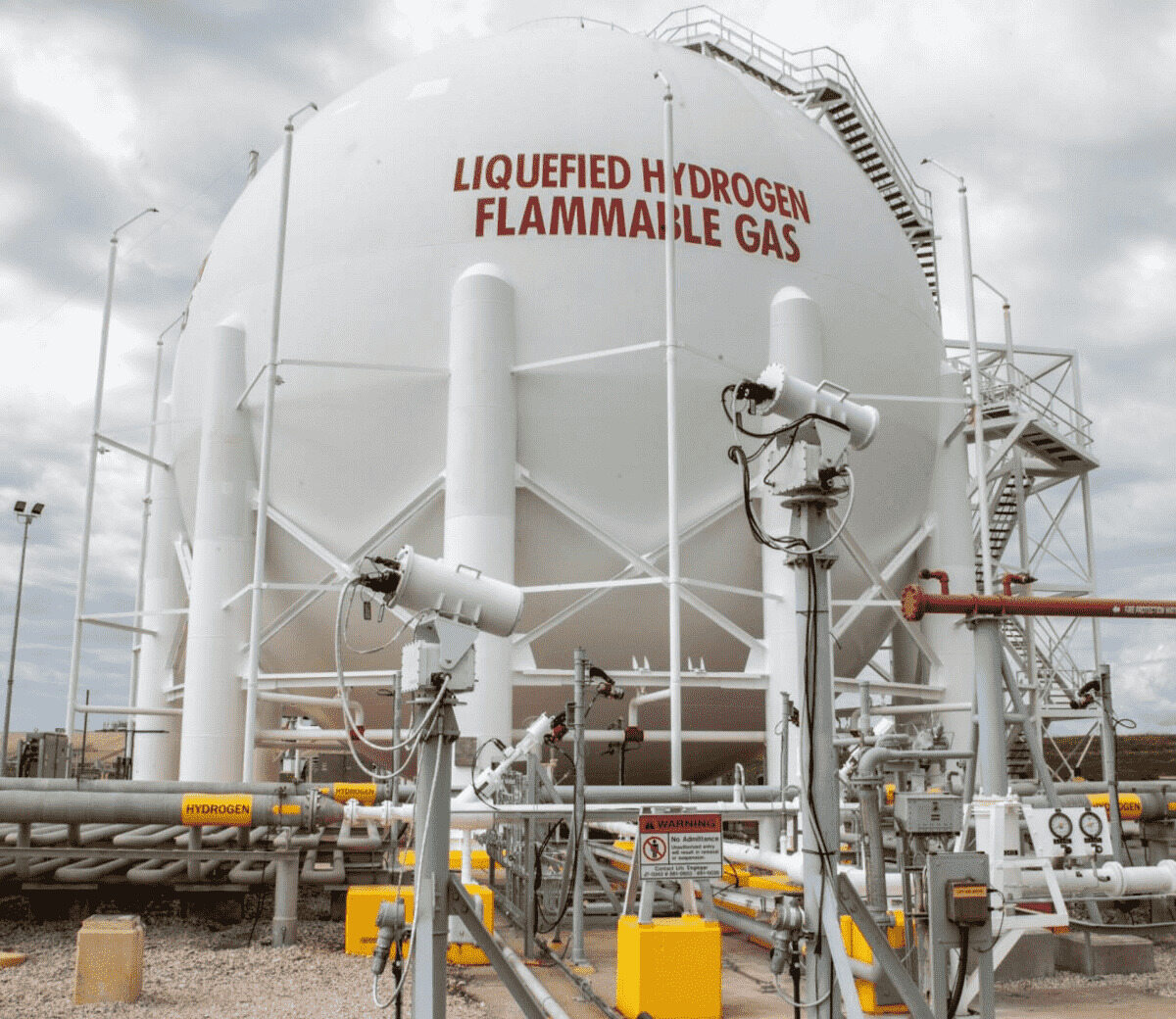

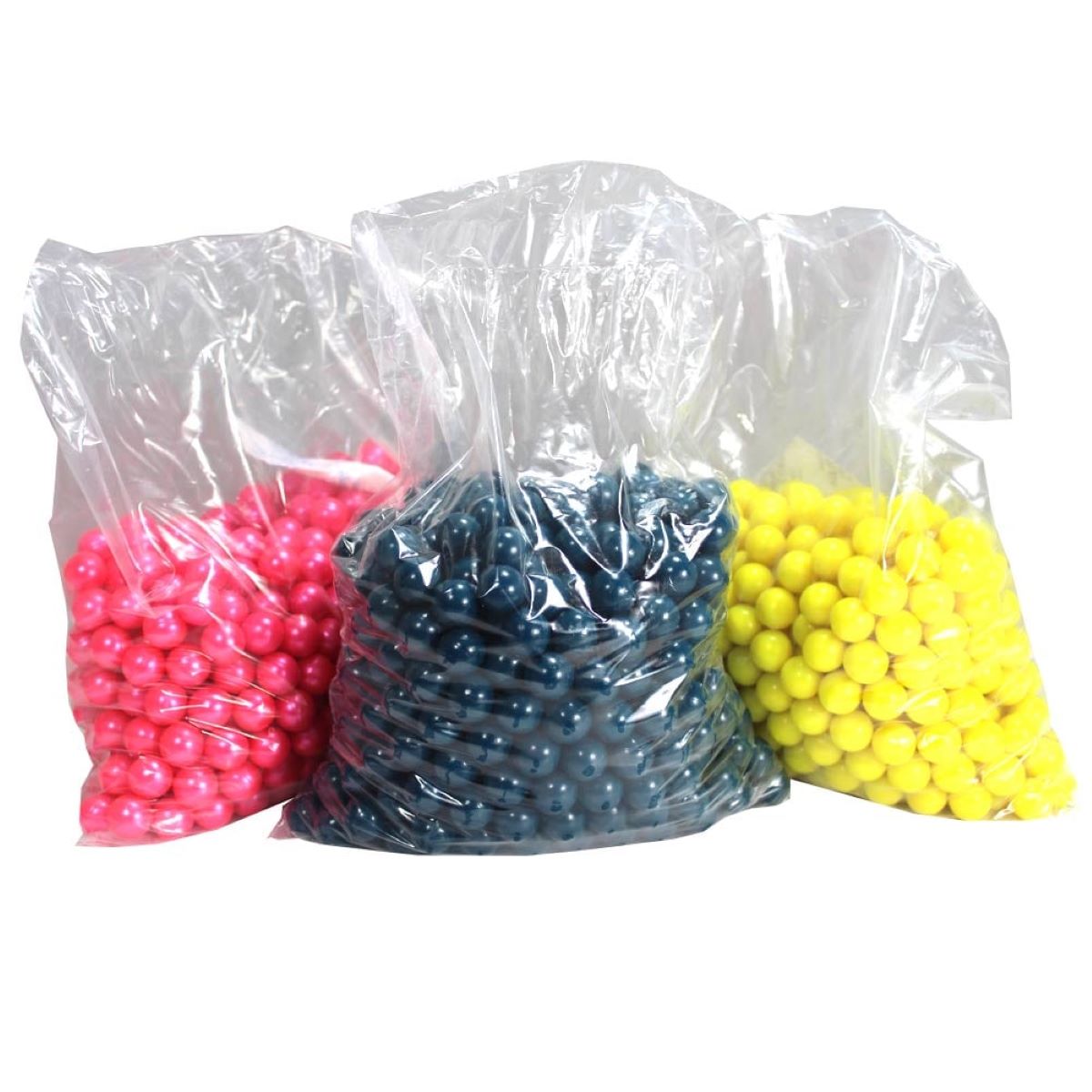
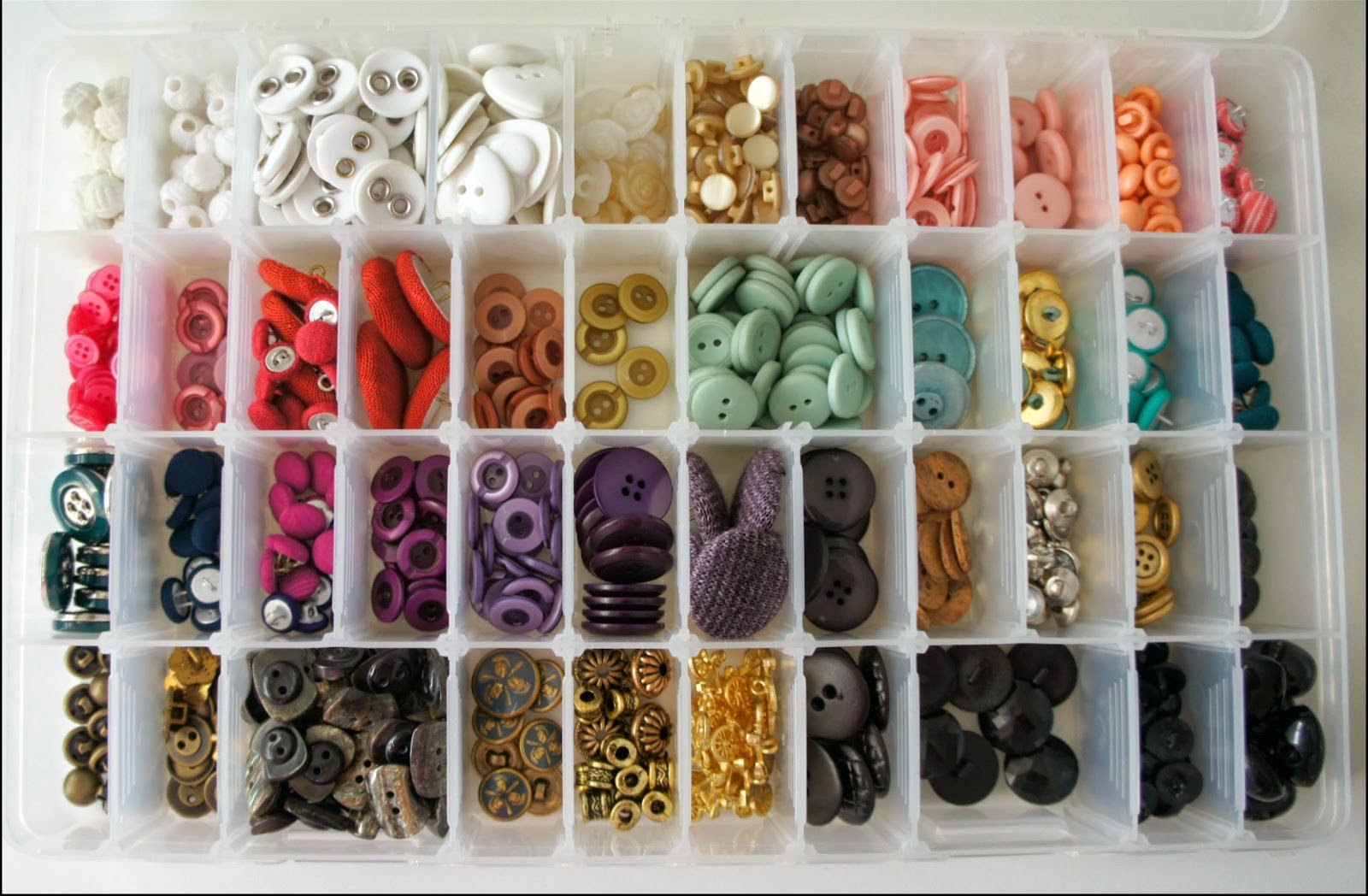

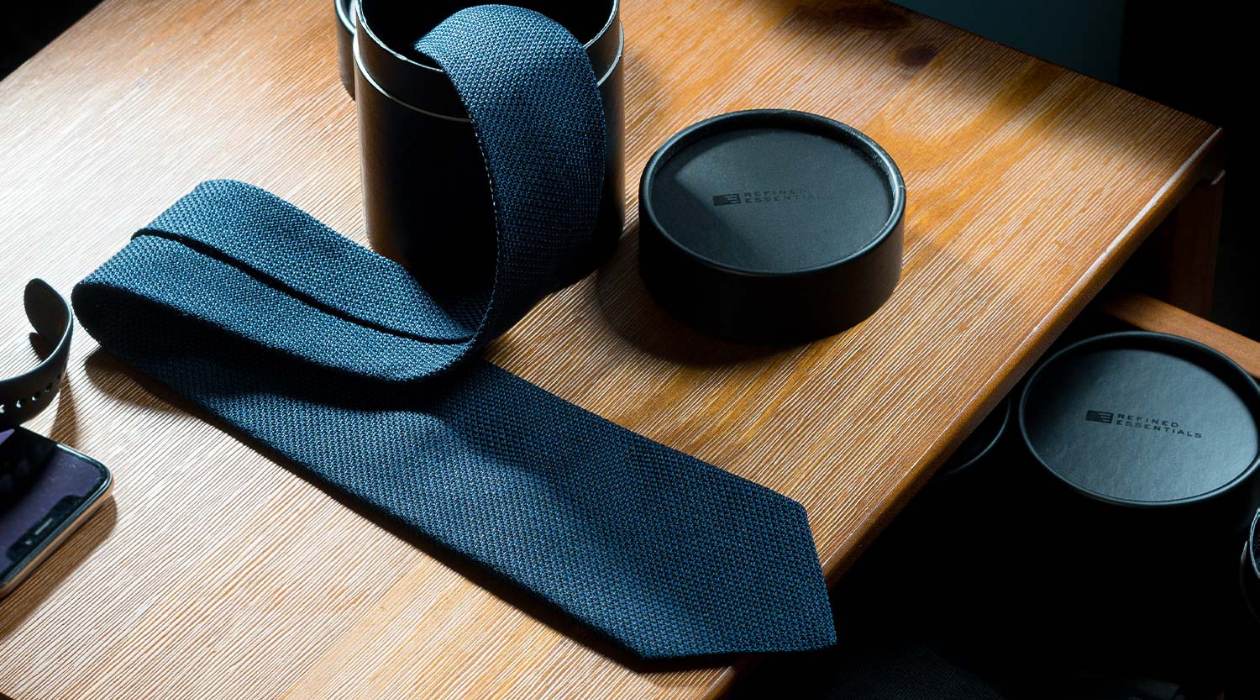

0 thoughts on “How To Store Moonshine”